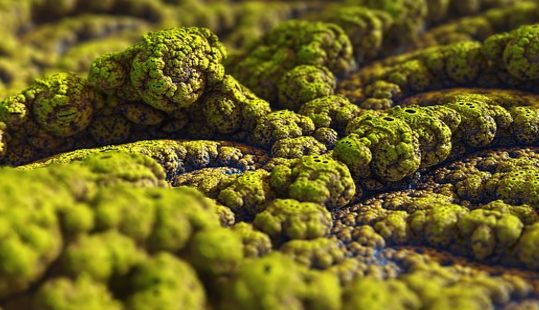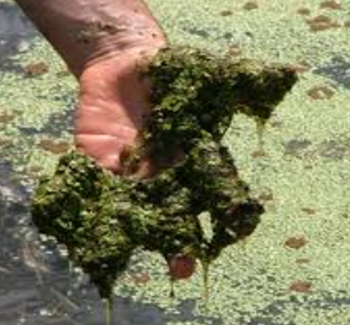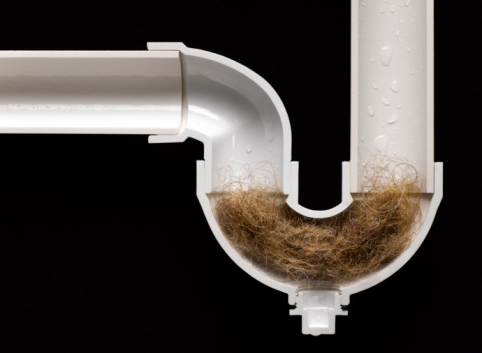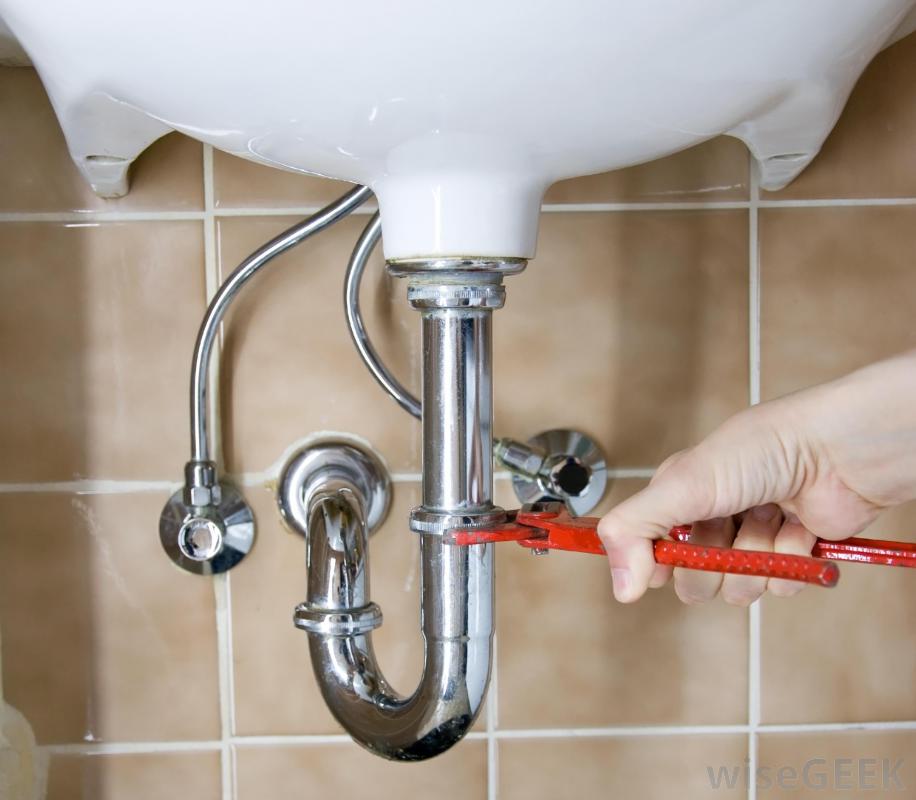Shower Drain Smells
That awful shower drain smells you are experiencing has to go! However, so as to remove it, you first have to identify the cause of the odor. For example, if your drainage is producing a musty odor, then in most cases this is because of the growing mold beneath the cover. There other situations where the odor might remind you of sewage or rotten eggs.
Here there are mostly two reasons:
- The presence of ‘Biofilm.'
- Escaped sewage gasses
Although linear drains are second to none, they have their challenges. Therefore, return to your drainage and take one last sniff. Although this is quite uncomfortable, it’s the surest method of identifying the cause of the bad odor. In this article, we are going to solve these problems carefully. We should all enjoy a fresh and hygienic bathroom!
Why Does Your Linear Drain Smell Musty?
Usually, the cause of this musty stench is the growth of mold. During their process of metabolism, their spores produce small amounts of gas. These emissions have a distinct musty odor. What’s more shocking is that these gasses can be quite harmful. Once inhaled, they end up causing headaches, dizziness, nausea, and even fatigue.
How To Stop The Issue From The Beginning
When refurbishing or constructing your bathroom, how to incorporate a drainage system into your bathroom can be quite tricky. Your drainage must fit with the floor layout properly. There have to be no anomalies in the floor. You have to ensure that the drainage has been fixed properly so as to ensure that drainage occurs properly. The design has to be in such a way that the water will flow into the grate and the drainage. The design has to function in such a way that you can go on with your daily activities without any hitches. For you to come up with a bathroom drainage design, you need to keep in mind a few things.
The drainage system of a bathroom is designed in such a way that the drains will direct the water from the bathroom to where the waste is supposed to go. The drainage system is normally referred to as secondary sewer connections, and this may result in problems if you do not come up with a good design. The drains are usually connected to a primary drainage trap located at the center of the floor waste. The pipes from the bathroom secondary drainage to the primary drainage are all inter-connected underneath the bathroom floor. There are two types of bathroom drainage that you can choose from, that is the traditional floor wastes and the linear drainage.
When we design your bathroom drainage system for you, we make quite efficient by using our TruSlope’s One-slope trays which are made of dense expanded polystyrene. The one-slope trays are the best choice from the traditional mortar beds.
The type of drainage you decide to choose from will depend on your floor layout and many other factors. Each layout has its advantages and disadvantages, therefore, you have to put many aspects into consideration. The layout you decide to will depend on the layout features of your bathroom and the grate design you prefer to use. Deciding on the layout to use in your bathroom will also depend on a couple of other variables such as;
1.Site Conditions
Depending on whether you are building a new bathroom or renovating your old bathroom, the choice you will make on where to put your linear drainage is something you have to think about first. Depending on the condition of the site, moving the waste line to suit your preference is quite possible. This is where Tru-Gard comes in, the site condition has to be in the standard condition so that the installation of the trays is done. This is why you need to consult a professional company to do this for you. Also, don't forget about a shower dam.
2. Flow Rates
There are many factors which influence the flow of water in the bathroom and that also affect how your drainage will respond depending on the type of installation you used. The listed gallons per minute are normally accounted for by the flow of water from half an inch high. The higher your showerhead will change the flow rate. Since the flow rate of the water in your bathroom has to be considered before deciding on the type of installation to use, you also have to check the factors which affect the flow rate of water.
3. Outlets and Waterproofing
If you opt for the traditional drainage system, then you will require a threshold step which is not appropriate for flat level threshold applications. If your bathroom is going to be used by someone with a disability or any bathroom aid, then a traditional floor waste will not be appropriate. The traditional floor waste is cheap to construct because in a linear drainage will require 3D grading and tiles, therefore, becoming cheaper.
Linear drainages can fit properly in any bathroom within the bathing area. For proper fitting, you can use custom shower channels which are available in eight grate designs. They come at a high initial cost than the traditional floor waste but they require minimal cutting of tiles, and they use a 2D grading of the bathroom floor towards the drainage. Using it will save you money in the floor plan and tiling of your bathroom. There will be thresholds meaning that you can access the bathroom using wheelchairs and bathing aids safely. It can also be used to separate wet and dry areas in the bathroom.
When you are installing the drainagegrate in your bathroom, you are required to think about how the water management will determine the bathroom contours. Have a mental picture of your bathroom and map out the contours then come up with a decision whether it will work out for your bathroom. Will it go well with your desired drainage design? Will there be pooling or any abrupt sloping? These are some of the questions that you are supposed to ask yourself before deciding on anything.
Planning your bathroom prior to engaging a builder will help to reduce costs at the planning, installation and tiling stages, as well as help you to achieve your desired bathroom style. Before having people coming to fix your bathroom for you, it is important for you to have a mental plan. You will have to guide them through according to what you want. Your bathroom should have your design. Therefore, your input will be very much needed. The professionals will only come in to offer you advice where necessary so that you can have a working drainage.
The linear drainage can be positioned against the wall, with the showering floor (or whole bathroom floor) sloping towards the wall. It can alternatively be installed at the entrance, with the floor sloping towards the bathroom. In this type of installation, the bathroom floor should also slope towards the wet area to contain the overflow. A less common way to position the linear drainage is to place one channel on either side of the floor, sloping in two directions, so that there is a slight rise in the center of the shower.
Benefits of Trugards System Over Other Drainage Systems
- There are numerous drainage and water-proofing systems you can choose from. This is very efficient because you will have a choice depending on the amount of money you have and the layout of your bathroom.
- They also have a plethora of colors, designs and shapes for your bathroom tiles. This means that you can choose depending on the interior décor of your house and bathroom.
- The vapor barrier is ultimately affordable wall and tile flooring waterproofing membrane for showering stalls, walk-in showers, steam rooms and bathtub surrounds. Because of its easy installation, both contractors and do-it-yourselfers enjoy this new innovative system that excels in preventing a leaking pan, cracked tiles, efflorescence, fungus, bacteria, mold, and mildew growth. The end result is a high-quality maintenance-free bathroom enclosure for a lifetime.
-
Conclusion
Your choice in the drainage system in your bathroom will be a key factor in ensuring that you are comfortable in your house. A drainage system is very important because it removes waste from your bathroom to a sewer, therefore, you have to make sure that it is functioning properly and that it can last for long. Nobody would want to keep on changing grates and draining system every time in the bathroom. That is why you are advised to use it which fit the description of the ultimate drainage system for a modern bathroom.
Benefits of the Trugard System

The benefits of the TRUGARD® Vapor Barrier System over traditional wall and floor tile stall waterproofing systems are numerous. Tiled bathrooms are luxurious and beautiful. A plethora of tile colors, designs, and shapes provides endless possibilities and enhances the aesthetics of the entire bathroom. Tiled bathroom also allow for flexibility when installing the latest features such as benches, niches, windows, multiple showerheads, and steam-rooms or steam rooms for more specific info click here. TRUGARD® Vapor barrier is the ultimate affordable wall and tile flooring waterproofing membrane for showering stalls, walk-in showers, steam-rooms and bathtub surrounds. Because of its easy installation, both contractors and do-it-yourselfers enjoy this new innovative system that excels in preventing a leaking pan, cracked tiles, efflorescence, fungus, bacteria, mold, and mildew growth. The end result is a high-quality maintenance-free bathroom enclosure for a lifetime.
Many people ask how TRUGARD compares too other waterproofing systems and we are glad they asked. You will find many great articles about the other name brand waterproofing membranes, which we recommend reading, as their waterproofing membrane is very similar to ours. The big difference between TRUGARD and other brands is that the TRUGARD Vapor Barrier is generally 30% to 40% less expensive.
It is generally not the backer board product that is the problem. It is generally that these materials don't get waterproofed correctly, or at all. Many installers simply have been told that a thin piece of plastic behind the backerboard is adequate, but time has proven that it is not. The thin plastic behind the backerboard allows the backerboard to become saturated and hold moisture eventually getting through and running down the plastic to the wood floor which causes the problems.



